50+ Fit with micronutrients
Fit and healthy in the autumn of life - that is the wish of everyone who passes the age of 50. As the years go by, ailments often accumulate. But health means something different in old age than it does for young adults. Long-term studies show that the number of illnesses in old age tells us nothing about how long we have to live. It also often gives no indication of how healthy we feel.
Movement regenerates.
In the long run, regular exercise has a favorable effect on a healthy aging picture of the entire body. Therefore, you should make sure to keep your body fit. Because if movement is not compromised, you do not have to fear for your independence, for example. Physical activity therefore brings plus points on the personal health scale.
Healthy ageing is a lifelong task.
From childhood and adolescence, attention should be paid to a healthy lifestyle, without tobacco and with moderate alcohol consumption as well as regular physical activity, and a balanced nutrition with as much fresh fruit and vegetables as possible. However, nutritional measures are also necessary in older age in order to reduce early age-related diseases that require treatment. Many of the ailments are associated with a deficiency of micronutrients.
Healthy nutrition is the basis.
Healthy nutrition is an important part of good health - especially for older adults. Many nutritional "sins" that have crept in over the years should be avoided from the age of 50+.
So that you can also do something good for your body from the inside:
- Reduce excess weight
- Eat regularly
- Do not eat too much
- Avoid unhealthy foods
- Drink little alcohol
Healthy is what makes you happy.
The edge between sick and healthy does not run along whether a senior citizen has heart failure, diabetes or arthrosis. The decisive factor is that they can cope with everyday life and do the things that are close to their hearts. The new understanding of health of the 50+ generation is not only based on a purely medical basis, but finds its origin in a more conscious, healthier rhythm of life combined with active, timely prevention in terms of nutrition and exercise.
What does the body need nutrients for?
Nutrients are important for the maintenance of bodily substances, for the supply of energy and for the maintenance of body functions. A distinction is made between energy-providing and non-energy-providing essential nutrients. The main nutrients, also called macronutrients, include carbohydrates, fats and protein. Essential nutrients, also called micronutrients, include vitamins, minerals and trace elements. The macronutrients are needed in larger quantities and provide energy. The micronutrients, they do not provide energy, and are needed only in very small amounts (in the milligram and microgram range).
In contrast to the total energy requirement, which decreases with age, the nutrient requirement in seniors is constant or even increased. This means that when it comes to nutrition in old age, special attention must be paid to foods with a high nutrient density (e.g. sufficient fruit and vegetables).
In older people, the intake and absorption of food is often restricted by a reduced appetite or a reduced sense of taste and smell (Table). Chewing difficulties, swallowing disorders, dry mouth due to reduced saliva secretion, impaired vision and restricted movement of the hands also have an effect on food intake or its preparation. The micronutrient content of fruit and vegetables, which has already decreased for some vitamins and trace elements due to intensive farming in the past decades, is further reduced by long, improper storage as well as by soft cooking and reheating of meals.
In addition, with increasing age, the basic metabolic rate and consequently the energy requirement is often reduced, which is why older people eat less. This makes it even more difficult to provide the micronutrients needed, especially since there are even indications of a higher age-related need for water-soluble vitamins (e.g. folic acid, vitamins C, B6 and B12). Irrespective of age, the need for minerals and trace elements is increased in numerous diseases, for example in severe acute diseases, infectious diseases or burns.
Loss of appetite?
Nonspecific symptoms of micronutrient deficiency such as fatigue, hair loss or increased susceptibility to infections are often overseen. Deficiencies of vitamins and trace elements caused by reduced appetite should be counteracted by administering balanced supplements as needed.
General symptoms of micronutrient deficiency
- Fatigue
- Skin changes
- Taste and smell disorders
- Loss of appetite
- Weight loss
- Wound healing disorders
- Susceptibility to infections
- Hair loss
- Diarrhea
- Depression
Nutrient-rich nutrition - this is how it can succeed.
A varied and balanced diet with an adequate/adapted energy intake also provides sufficient vitamins and minerals. If not enough food is consumed by the seniors, vitamin and mineral deficiencies can occur. Senior and very old people also often have a whole range of physical reasons that lead to reduced nutrient intake and utilization and thus to a deficit. The attending physician can determine through blood tests how severe the possible nutrient deficiency is and decide whether a change in nutrition or with food supplements can compensate for the deficit.
Critical micronutrients in old age
In the Austrian Nutrition Report, almost one in five in the 65+ age group had insufficient blood levels of vitamin D, calcium, zinc, selenium and beta-carotene. In addition, vitamin B6, B12, folic acid and iron were too low. One should really take the status of vitamins and minerals seriously in old age and have them checked in the course of the annual "check-up".
Where is a shortage?
The energy needs of the 50+ group decrease in comparison to middle-aged people, whereas the need for micronutrients remains the same. Nevertheless, the supply of most vitamins and trace elements is sufficient; only calcium, vitamin D and folic acid are in short supply in older, healthy people.
Calcium and vitamin D are essential for bone health. An undersupply of these two nutrients can significantly increase the risk of osteoporosis. Vitamin D is not taken in with food, but is produced by the body itself under UV radiation in the skin. However, the ability to produce vitamin D decreases with age. In addition, it is hardly possible for many seniors to expose themselves to the necessary UV radiation outdoors because of their immobility.
According to the Austrian Nutrition Report, the intake of vitamin D from food is not sufficient. For adults, it is assumed that 2 to 4 µg per day is taken in through the diet (balanced nutrition). Various associations estimate a daily intake of 20 µg. An adequate intake of calcium can reduce the loss of bone mass in the aging process. A low intake of calcium is often accompanied by an undersupply of vitamin D and both can independently increase the risk of osteomalacia, osteoporosis and fractures (Abrams, 2010).
Zinc and selenium
For a strong immune system
Zinc and selenium are not only important antioxidants, but also relevant micronutrients in old age. They are important components for the immune system, but have countless functions in the body.
In the Alpine region, we have selenium-poor soils and so selenium has to be taken through dietary supplements. According to the nutrition report, women should consume 9 mg and men 12 mg of zinc per day. Even in the nutrition report, more than 30 % of the participants do not reach their intake, and the number of unreported cases is probably higher. For selenium, women should consume about 60 µg and men about 70 µg. Due to the selenium-poor soils, this value is very rarely reached.
Vitamin K
Vitamin K1 is mainly found in green vegetables and can be absorbed well and sufficiently through food. Vitamin K2, on the other hand, leads a shadowy existence and is only absorbed through fermented products. In our country, the only source of vitamin K2 worth mentioning is the body's own production through a healthy intestinal microbiota. As a preventive measure, a daily intake of 0.5-1 μg vitamin K2 per kilogram of body weight is recommended. Here, vitamin K2 as MK-7 trans (menaquinone-7) is to be preferred due to its higher bioavailability and half-life. Tip: When taking more than 4,000 I. U. vitamin D3 per day, supplementation with about 20 μg vitamin K2 per 800 I. U. vitamin D3 is advisable.
-
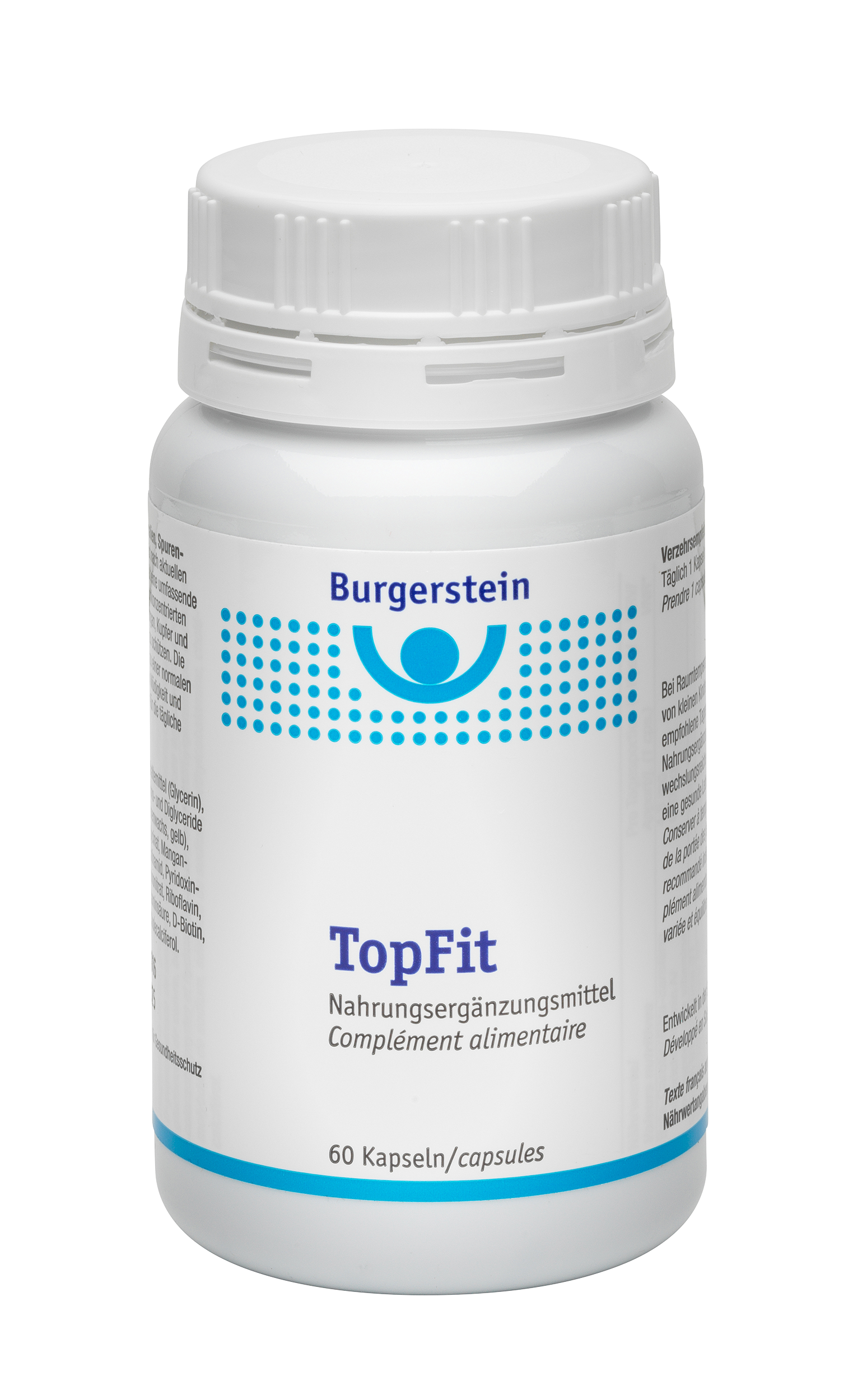
TopFit
check product -
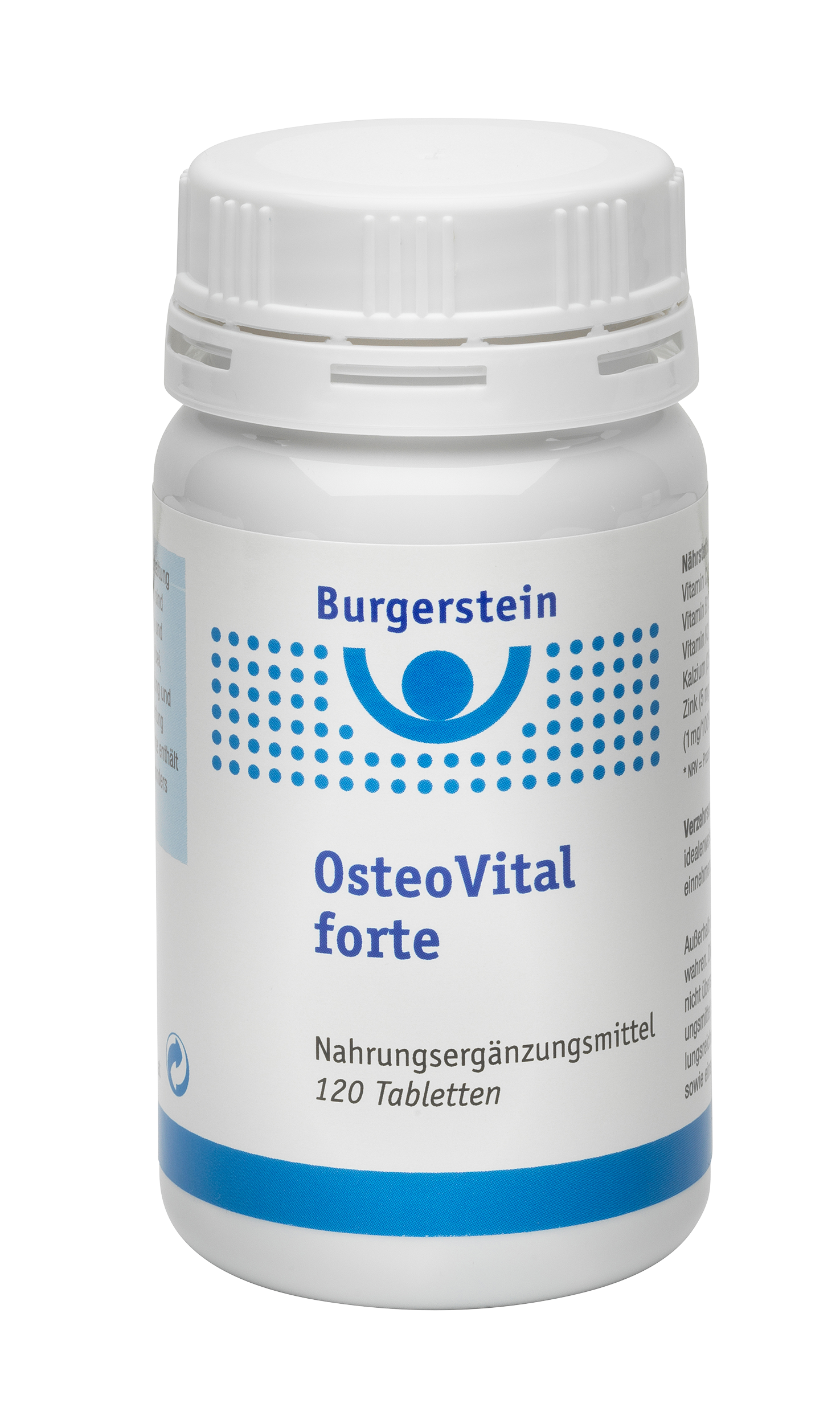
OsteoVital forte
check product -
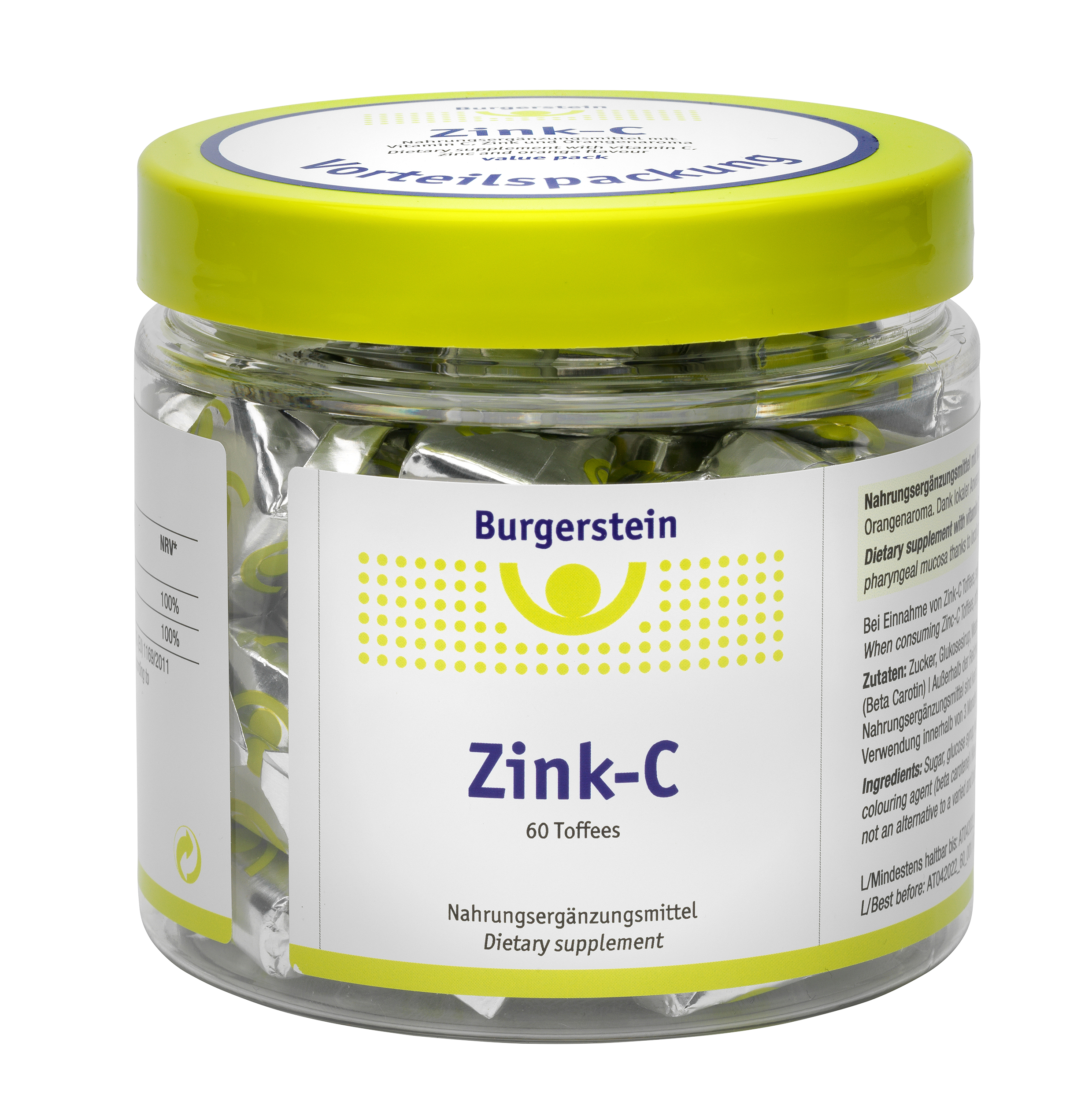
Zink-C Toffees
check product -
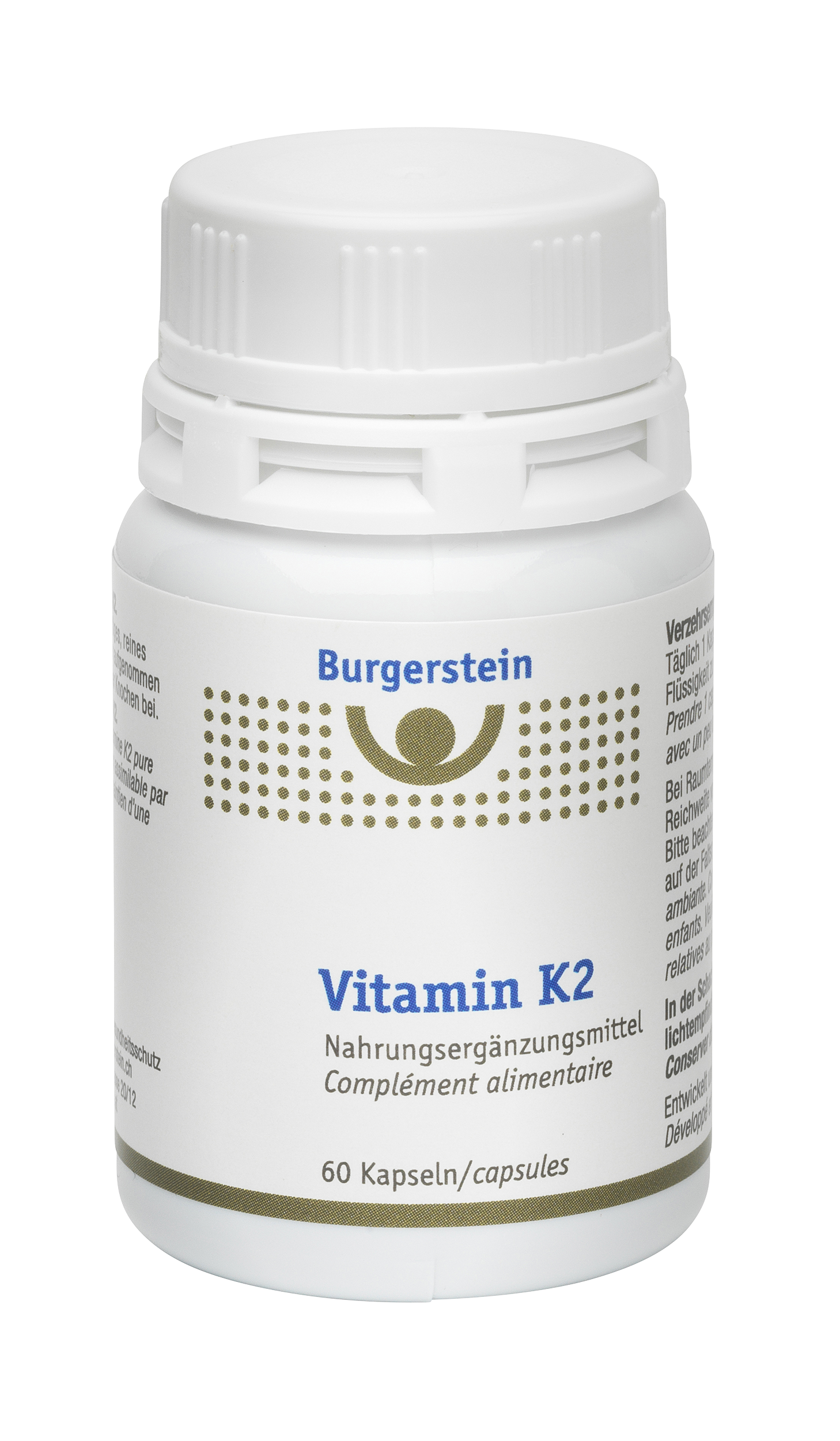
Vitamin K2
check product -

Vitamin D3 2.000 IE
check product -
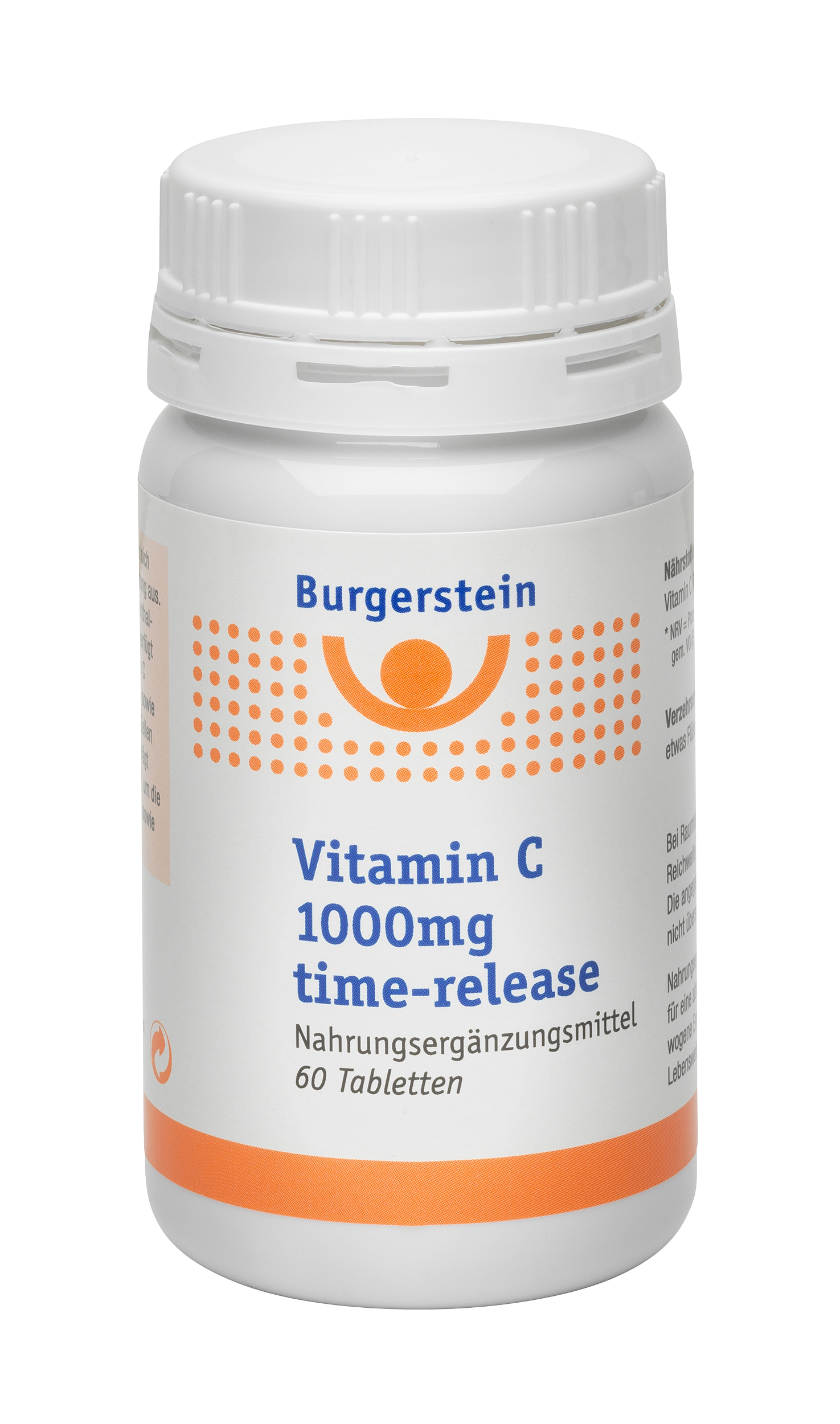
Vitamin C 1000mg time-release
check product -
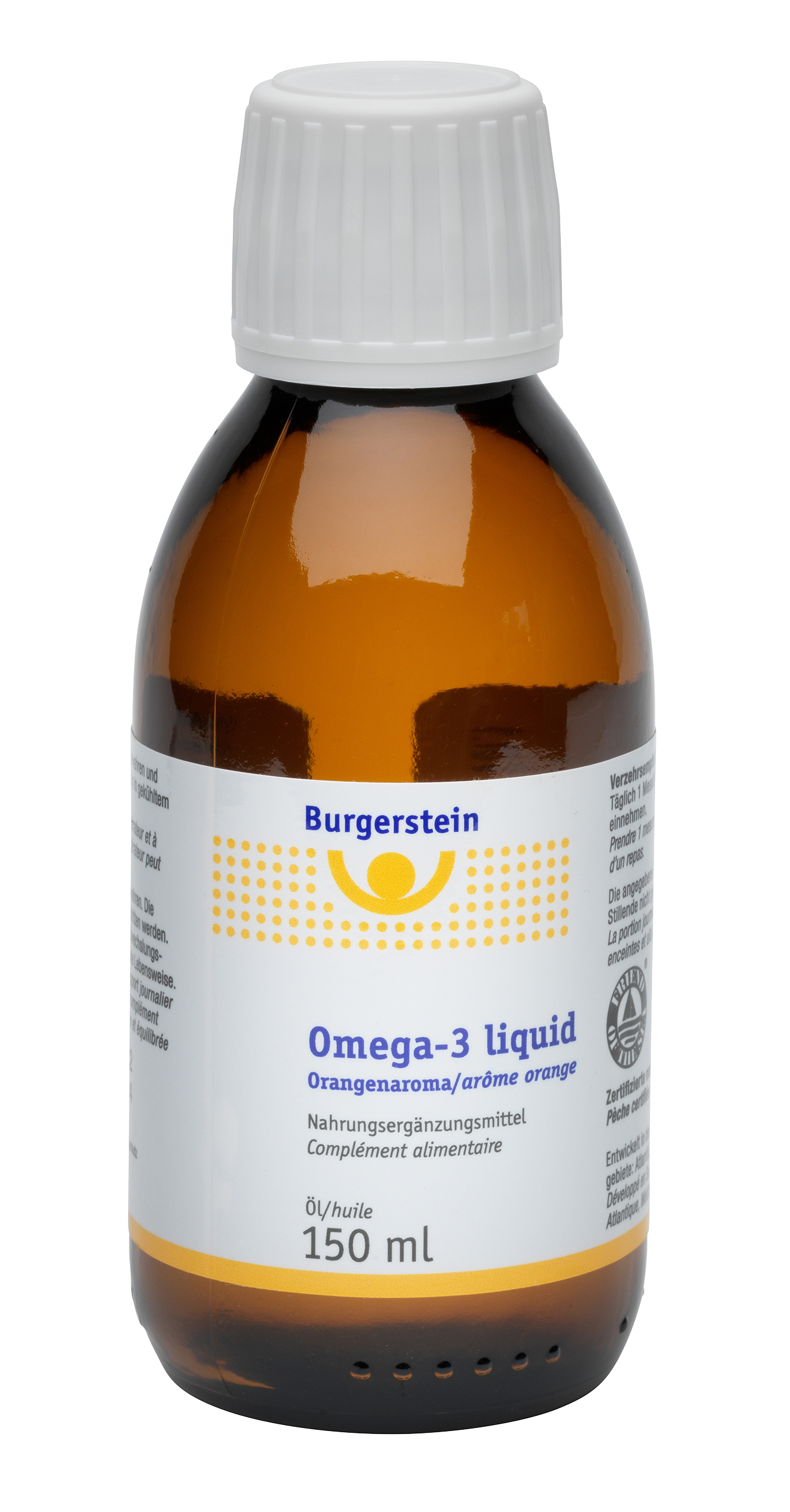
Omega 3 liquid
check product -
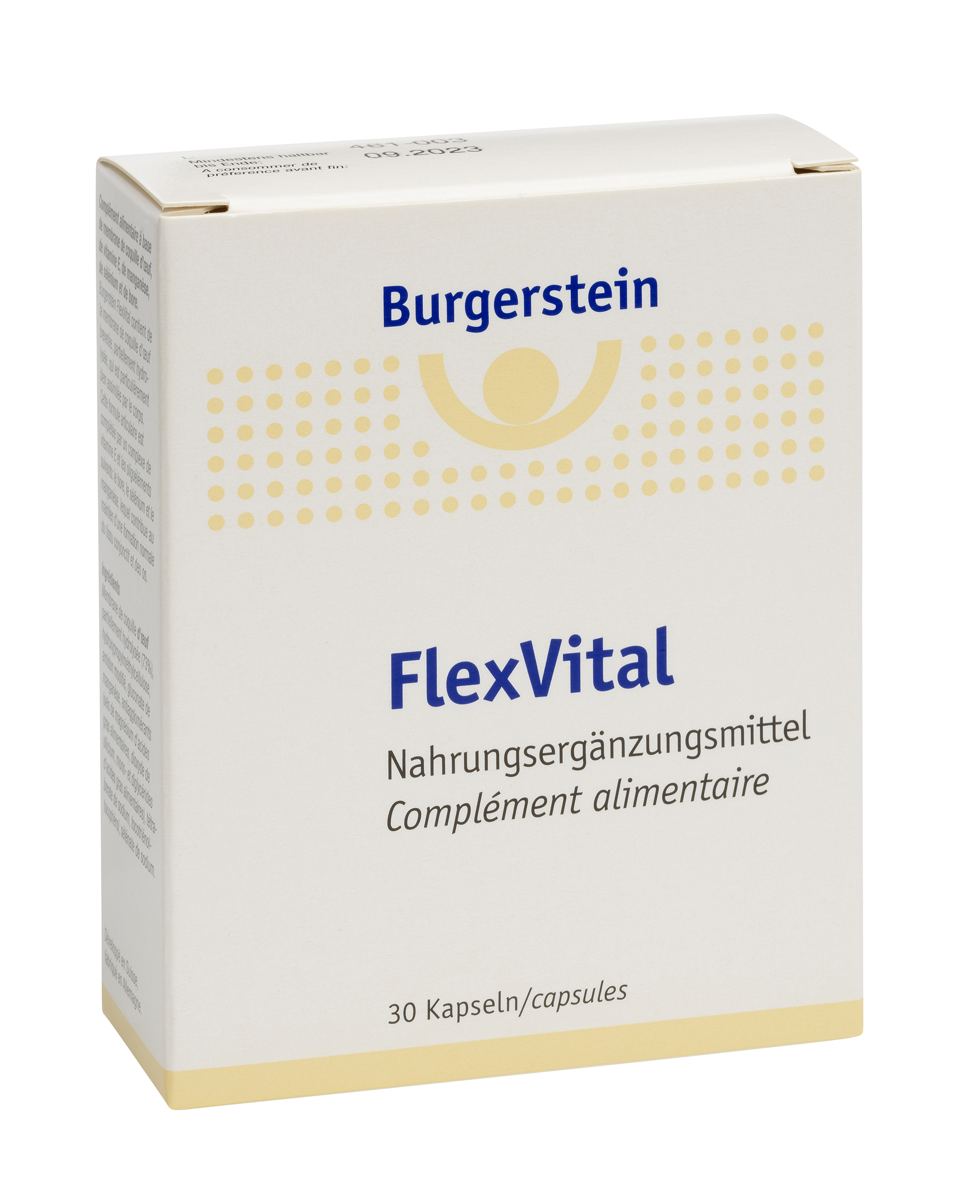
FlexVital
check product -
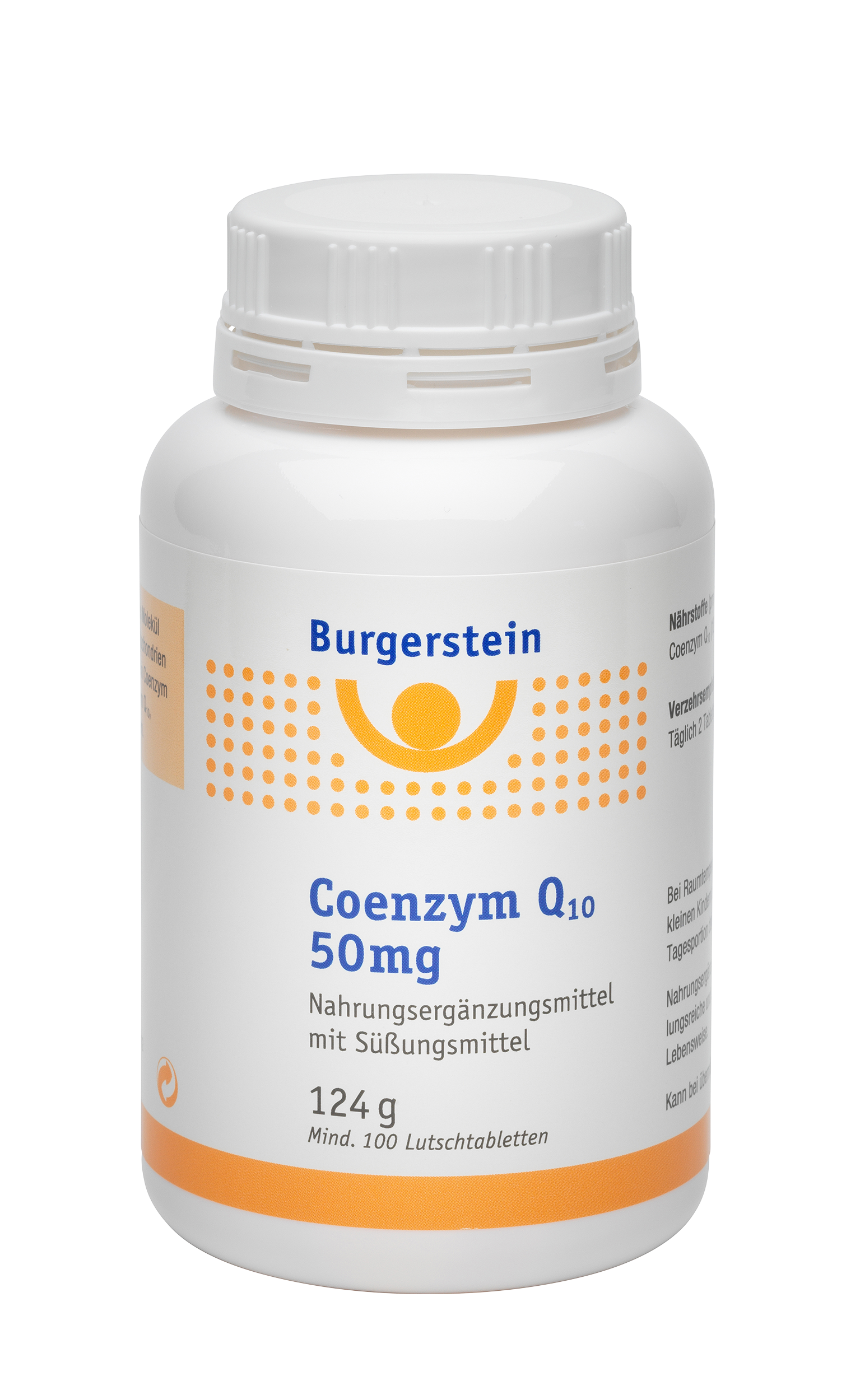
Coenzym Q10 50 mg Lozenges
check product -
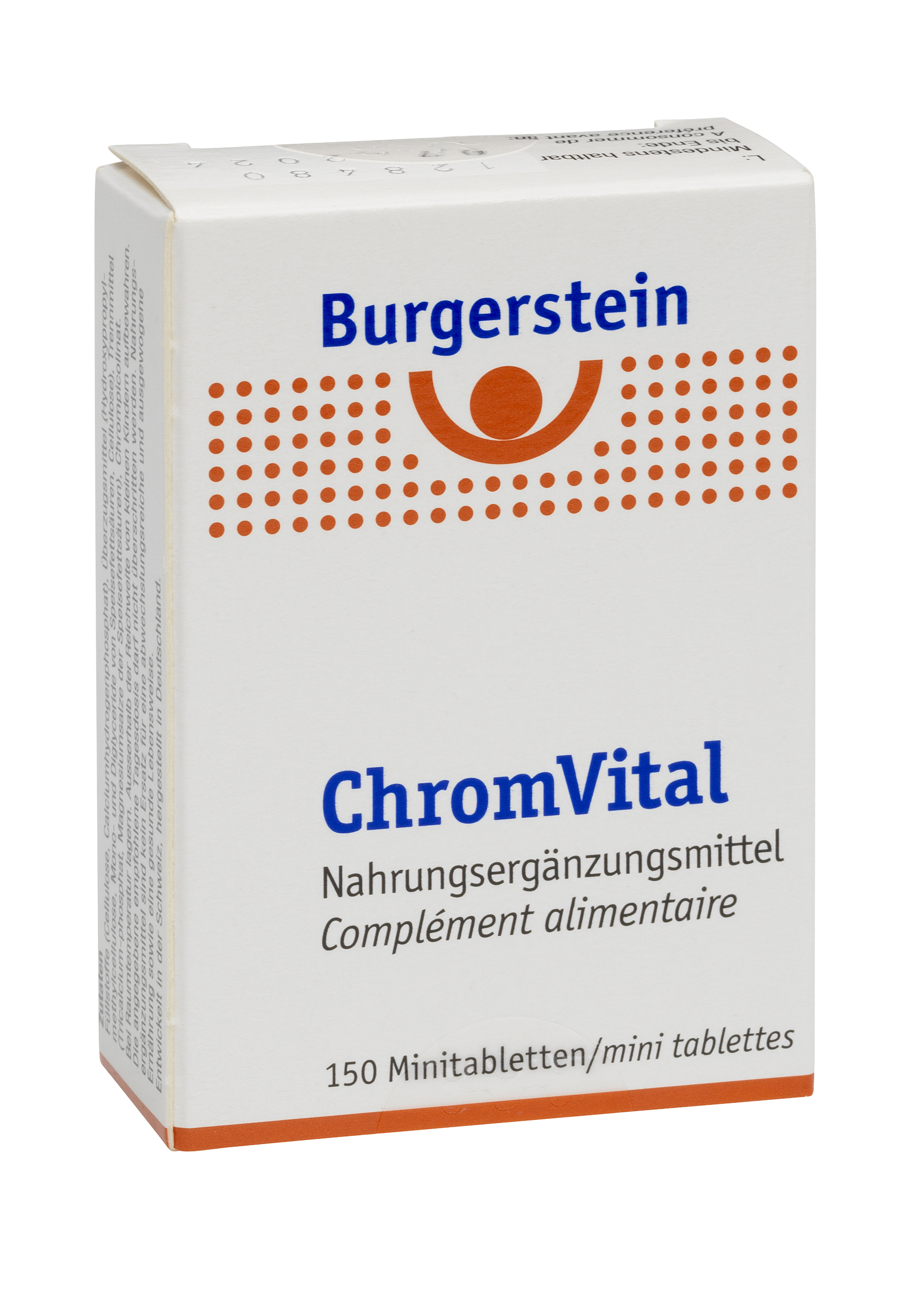
ChromVital
check product -
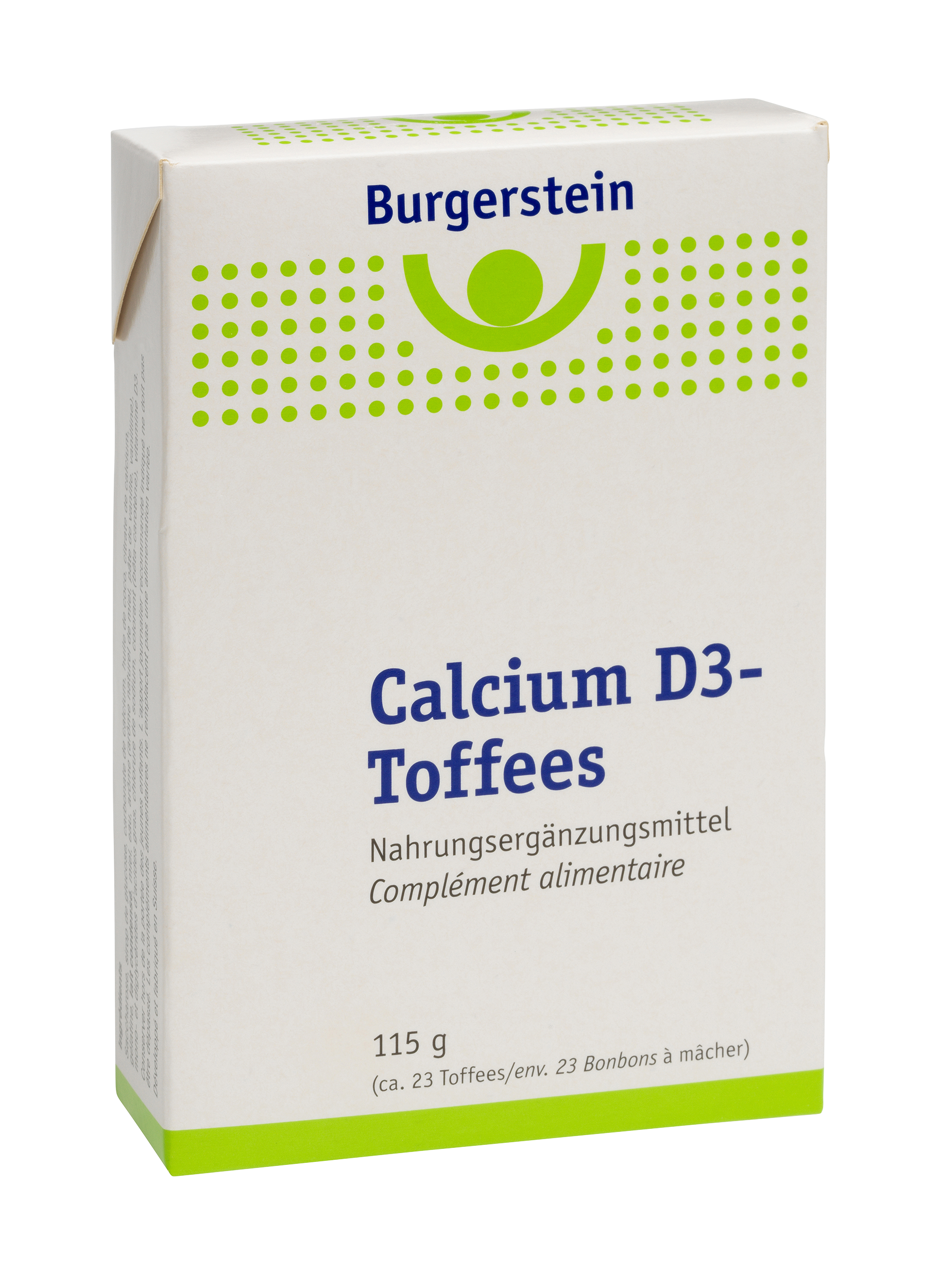
Calcium D3 Toffees
check product -
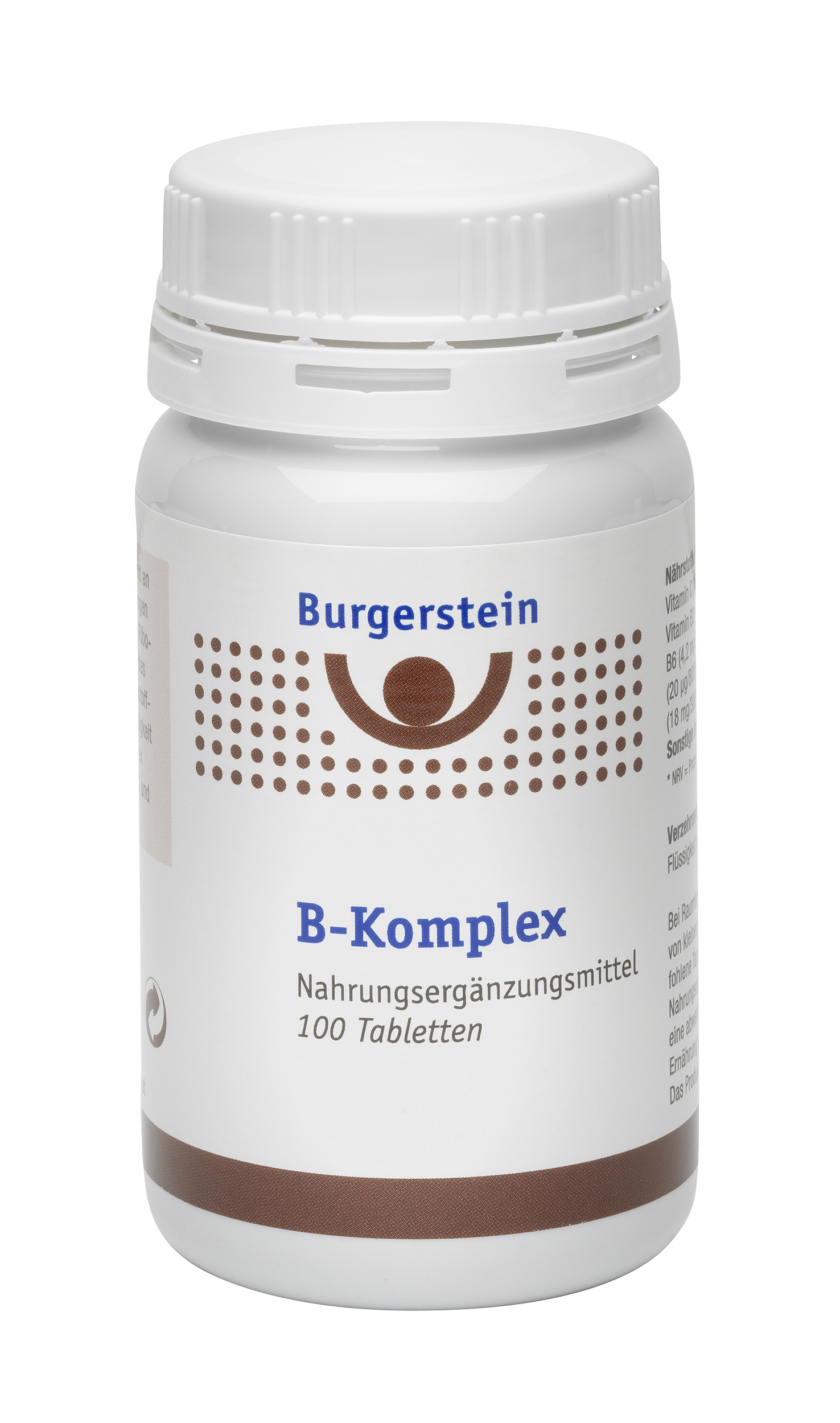
B-Komplex
check product -
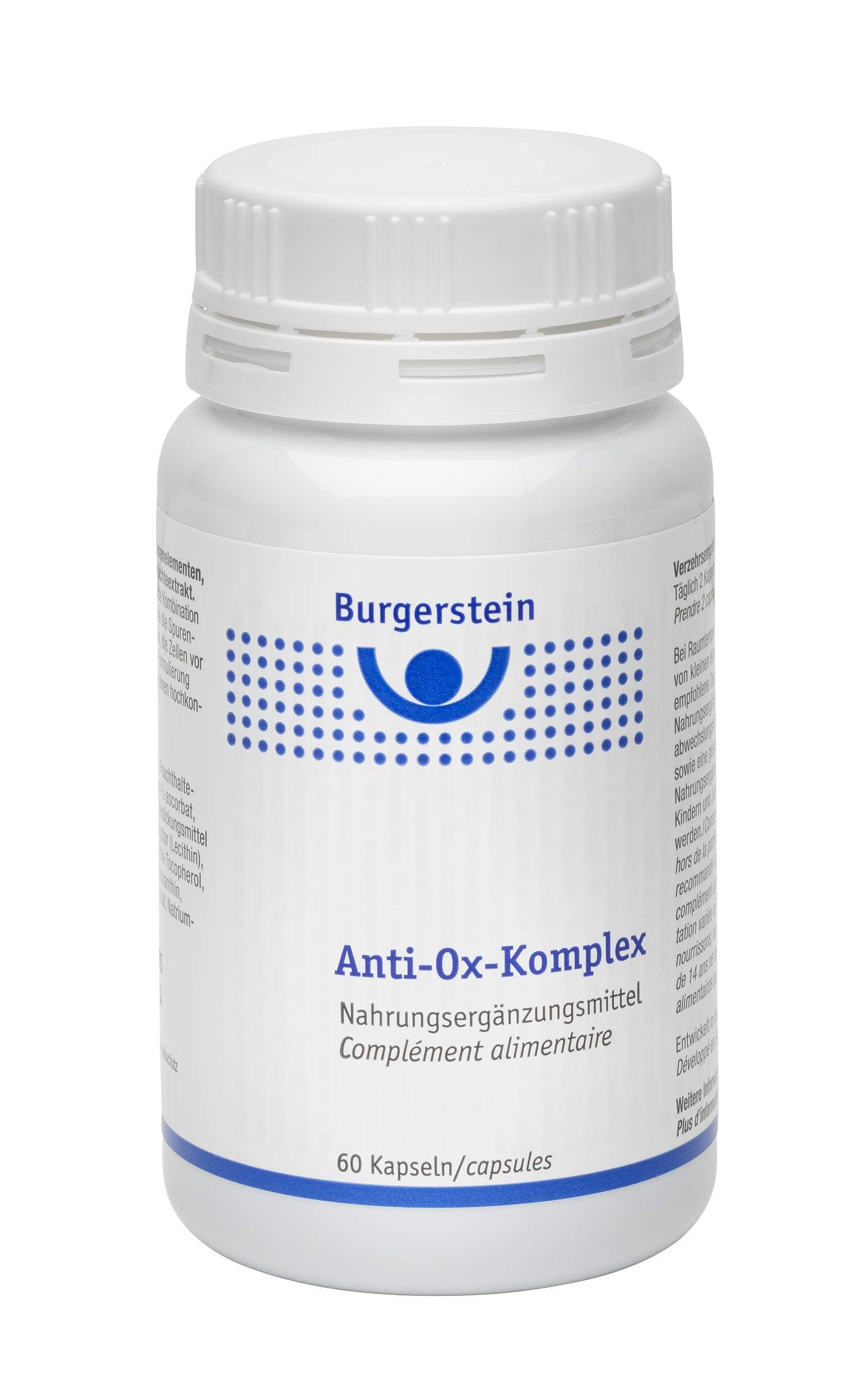
Anti-Ox-Komplex
check product




